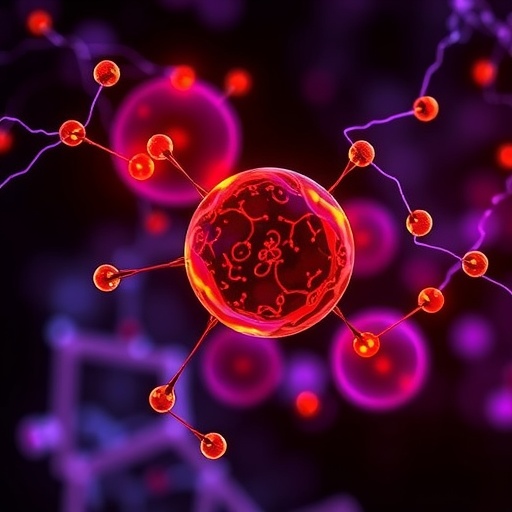
Credit: Children's National Health System
WASHINGTON – (Oct. 25, 2017) – Continuously recording the brain's electrical signals and examining how those impulses evolve over time is a more reliable way to identify infants at risk for brain injury, compared with doing snapshot evaluations, according to a prospective cohort study led by Children's National Health System research-clinicians.
Amplitude-integrated electroencephalogram (aEEG) is a bedside tool that involves attaching tiny electrodes to the newborn's scalp to permit clinicians to monitor the complex electrical activity of the child's brain over time. It's a positive sign when an aEEG shows babies beginning to sleep and wake normally by the time they are 3 days old. Conversely, severely abnormal aEEG readings in the first days of life predict poor outcomes.
The Children's team used aEEG with infants born with hypoxic-ischemic encephalopathy (HIE), one of the most severe complications that can affect full-term infants. During pregnancy, birth or shortly after birth, a hypoxic-ischemic event can occur that impedes blood flow and oxygen delivery to the brain, resulting in destruction of brain tissue. Cooling (therapeutic hypothermia) is now standard for newborns with HIE in order to stave off life-long consequences, but deaths and neurodevelopmental disability still can occur.
"We know whole-body cooling — or lowering the body's temperature by about 3 degrees Celsius — can help vulnerable newborns survive and can protect their brains from suffering profound injuries," says An N. Massaro, M.D., a Children's National neonatologist and senior author of the study published online Sept. 28, 2017 in American Journal of Perinatology. "What we were trying to determine with this study is whether evaluating the pattern of evolution of the aEEG as a whole provides more information compared with looking at snapshots in time."
Eighty infants undergoing therapeutic cooling who met the inclusion criteria were enrolled in the five-year study, one of the largest such studies to date. The babies weighed more than 1,800 grams and were older than 35 weeks' gestational age at birth, and either needed prolonged resuscitation after birth or had low APGAR scores– a measure of how well newborns fare outside the womb. Continuous recordings of EEG data occurred from the time of admission up to 12 hours after the infants' temperatures were raised to normal and aEEG tracings were calculated.
After the therapeutic cooling blankets were removed, the infants underwent at least one magnetic resonance imaging (MRI) scan prior to discharge. During the routine follow-up check at about 18 months of age, the HIE survivors' cognitive and motor skills were assessed using validated instruments.
Fifty-six of the infants in the study had favorable outcomes. Twenty-four infants had adverse outcomes, including 15 with severe brain injury detected by MRI and nine infants who died. These children had lower APGAR scores at five minutes, and were more likely to have severe HIE and to have experienced more frequent seizures.
"Infants whose aEEG abnormalities do not improve were at increased risk: Infants who do not reach a discontinuous background pattern by 15.5 hours of life, achieve cycling by 45.5 hours after birth and who fail to achieve continuous normal voltage by 78 hours after birth are most at risk for adverse outcomes," Dr. Massaro says. "In addition to defining worrisome trends, we found that overall assessment of continuous aEEG readings through the course of hypothermia treatment provide the most meaningful predictive power. This means we can speak with families at the bedside with more confidence about their child's outcomes after the infant undergoes cooling therapy."
###
Media Contact
Diedtra Henderson
[email protected]
443-610-9826
http://www.childrensnational.org/
Related Journal Article
http://dx.doi.org/10.1055/s-0037-1607212





